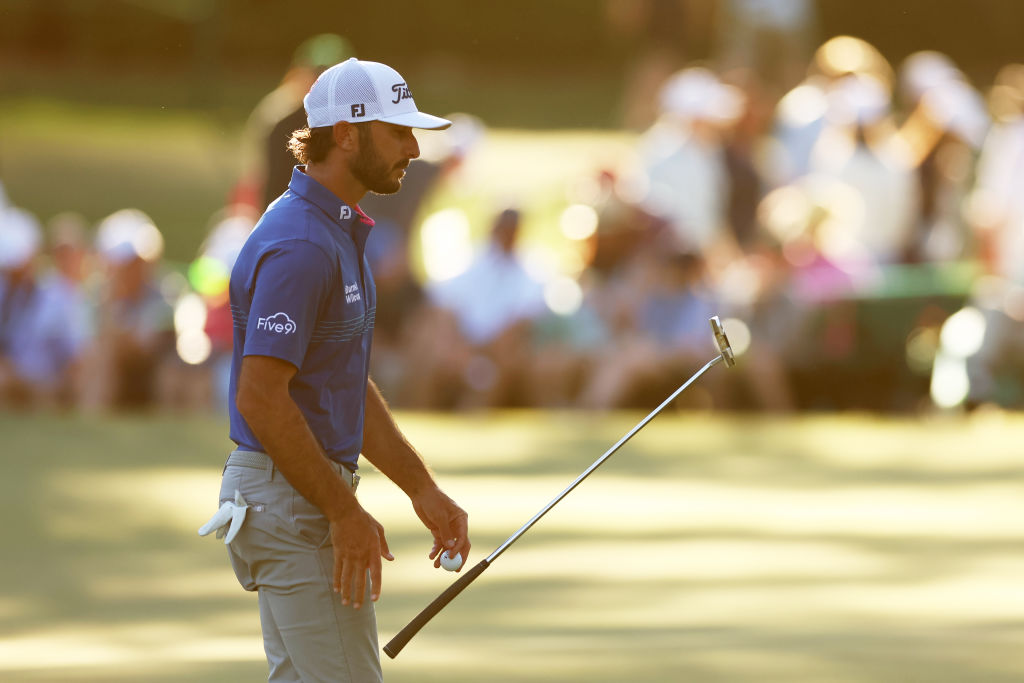Golf Instruction
Golf Ball Spin – Understanding the Basics of Backspin and Sidespin
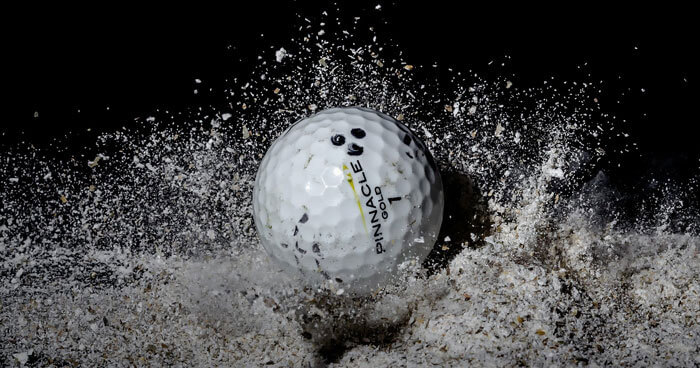
When you think about spin on your golf ball, what do you picture in your mind? Most likely, you are picturing a beautiful approach shot landing on the green, taking a bounce or two, and then spinning back a few feet. When used this way, golf ball spin is a great thing. It can help you to hold firm greens, access tough pins, and set up short birdie chances.
Of course, there is also a dark side to the world of golf ball spin. That same spin that can set you up for a short putt can also send your ball drifting off into the trees.
If you impart sidespin, rather than backspin, your ball will head off in the wrong direction almost immediately after coming off of the club face. Those who fight the slice know this fact all too well. If you are a player who struggles with a slice, you are putting left to right spin on the golf ball which is causing it to quickly veer off course (for a right handed golfer).
So, golf ball spin is both good and bad.
When deployed correctly—and intentionally—it can help you do great things on the course. When imparted by accident, or in the wrong direction, it can lead to serious problems. Learning how to control spin is one of the most important skills you can develop as a golfer.
How Golf Ball Spin Works
Generally speaking, the golf ball is going to turn in the direction that the spin is moving while in the air (not factoring in wind and other elements, of course). So, as in the example above, if you hit a shot with left to right spin, the ball is going to curve to the right. The amount of spin that is moving in that direction will dictate just how quickly the ball turns in the air—a low spin rate will only lead to a slight curve, while a high spin rate will lead to a shot that is completely out of control.
It is important to understand that basically every shot that is hit on the golf course, no matter who is hitting it, will have some amount of sidespin. It is nearly impossible to strike a completely straight shot, so you should expect to see at least a slight curve to the left or right while your ball is in the air. This doesn’t mean there is anything wrong with your swing. All professional golfers have ball flight patterns that they prefer, and rarely (if ever) will a pro try to hit the ball straight.
The other half of the spin equation, backspin, is also important to consider. Rather than taking your ball from side to side, backspin will move your ball up and down.
Just like sidespin, every shot that you hit on the course is also going to have some degree of backspin (other than your putts). When the backspin rate on your ball increases, so will the overall height of the trajectory. Shots that soar high into the sky have plenty of backspin, while shots that stay low to the ground have relatively slow spin rates.
Correcting Sidespin
Most of the work that you do on the driving range is going to center around taking the sidespin off of your shots. Again, you aren’t going to totally eliminate you sidespin (nor should you strive to), but you can limit it to the point where it isn’t preventing you from playing good shots. Excessive sidespin takes place when the club is moving across the ball through impact, rather than down the target line directly.

Image via free-online-golf-tips.com
Let’s continue the example of the slice to highlight this point. When you set up to a hit a drive, you pick out a target line and you set your feet and the club face to match. To strike a relatively straight shot, the club will need to move down that line through impact, with the club face square to that line. However, if you hit a slice or a hook, the path of the club will be moving either left or right through the ball. The path of the club has an inverse relationship to the spin that you create, meaning the ball will spin right when the club moves left, and vice versa.
As you work on your swing in an effort to limit sidespin, your main focus should be on finding ways to move the club down the target line effectively at impact. By doing this, even if you have the club face open or closed slightly when you strike the ball, you will still be able to produce a relatively good shot. It’s only when your swing path is dramatically off course that you will see those nasty hooks and slices appear in your game.
Imparting Backspin
Getting away from the negative and moving toward the positive part of spin, you can work on learning how to get more backspin on your wedge shots for added stopping power. To do so, you need to strike your wedges with a downward blow, and you need to make clean contact as frequently as possible.
By getting a clean hit onto the ball, you will be allowing the grooves on the face of your wedge to grab onto the ball and generate an impressive backspin rate. It really is that simple—make good contact while swinging down through the shot and you are sure to improve your backspin.
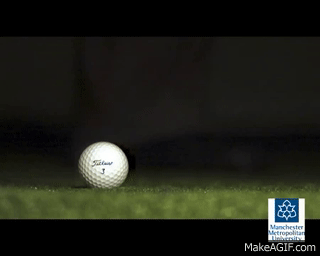
Image via YouTube
There is one other element of the spin equation that should be mentioned, and that is the ball. The ball that you use will go a long way toward determining how much spin your shots possess. A cheap golf ball with a hard cover will offer relatively little spin, while a high-end ball made from softer cover materials will spin significantly.
Pick out the ball that is right for you based on your skill level and the types of shots you wish to play. By understanding spin and how it effects everything you do on the course, you should be able to take your game to a new level.
Cover Photo via Flickr
-
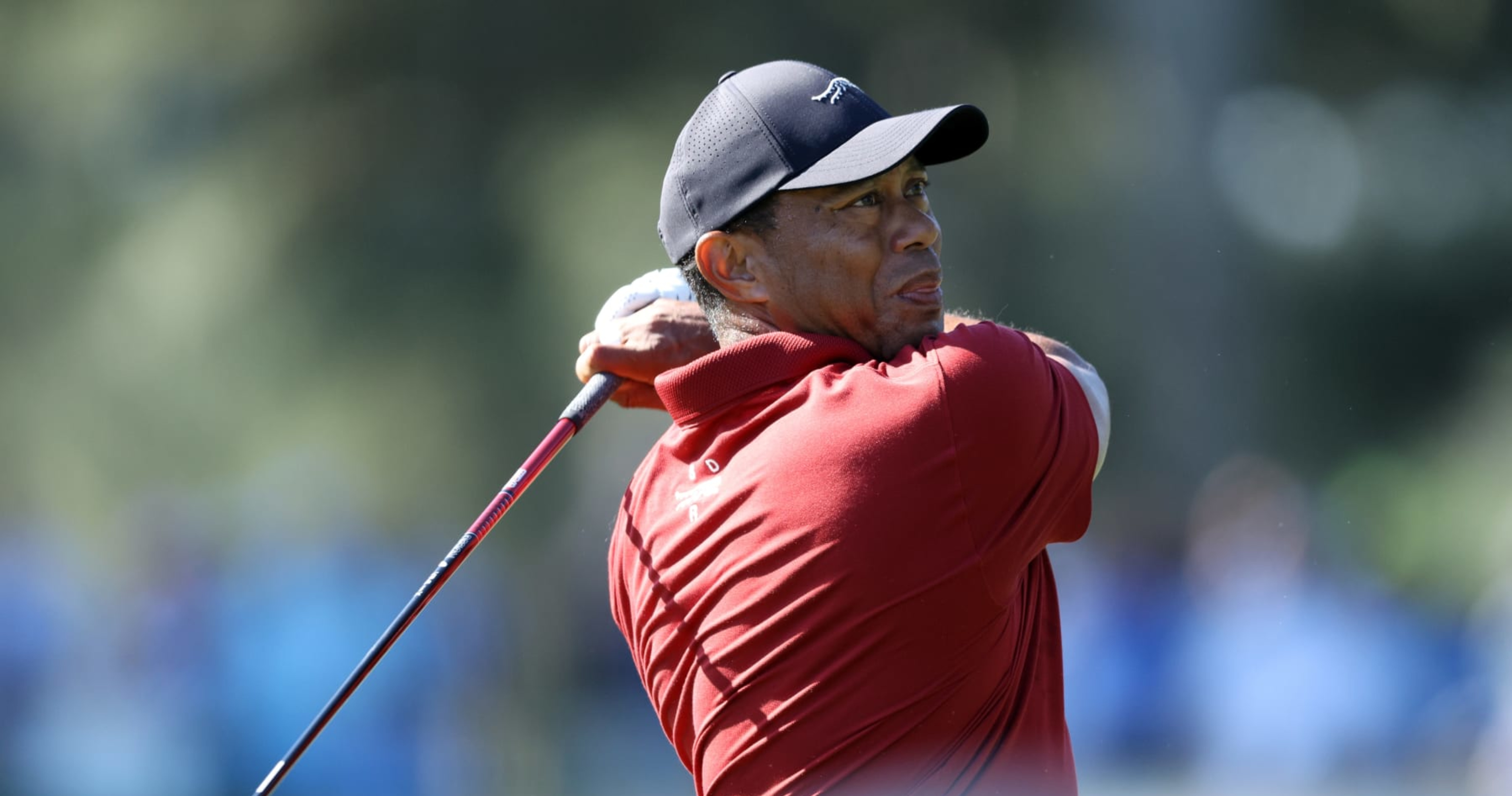
 News2 days ago
News2 days agoPGA Tour Loyalty Payouts Revealed: Tiger Woods Stands to Make The Most
-
News1 week ago
‘It’s Quite Nauseating’: Max Homa on Current State of Men’s Pro Golf
-

 LIV Golf Tour1 week ago
LIV Golf Tour1 week agoDENIED: Rory McIlroy’s Team Confirms LIV Golf Rumors are False
-

 Fantasy Golf Predictions4 days ago
Fantasy Golf Predictions4 days agoFantasy Golf Picks, Odds, and Predictions – 2024 Zurich Classic
-
News1 week ago
The Masters TV Ratings Were Down 20%, But What Does it Mean?
-
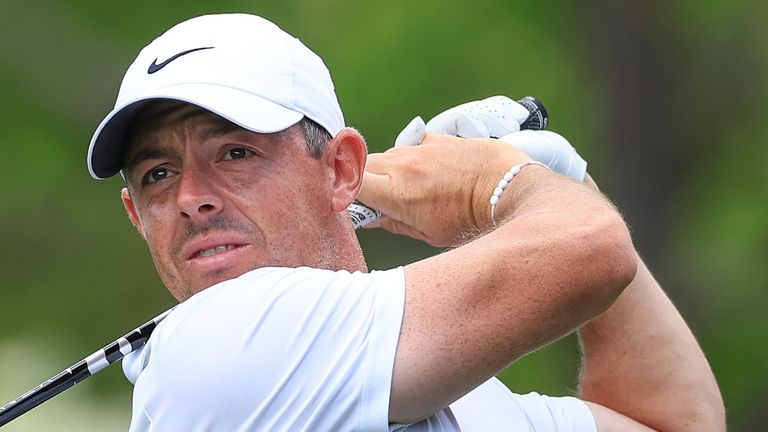
 News1 week ago
News1 week agoRory McIlroy Clarifies LIV Rumors — Is He Going or Not?
-
News1 week ago
The PGA Championship is Set to Return to Kiawah Island!
-
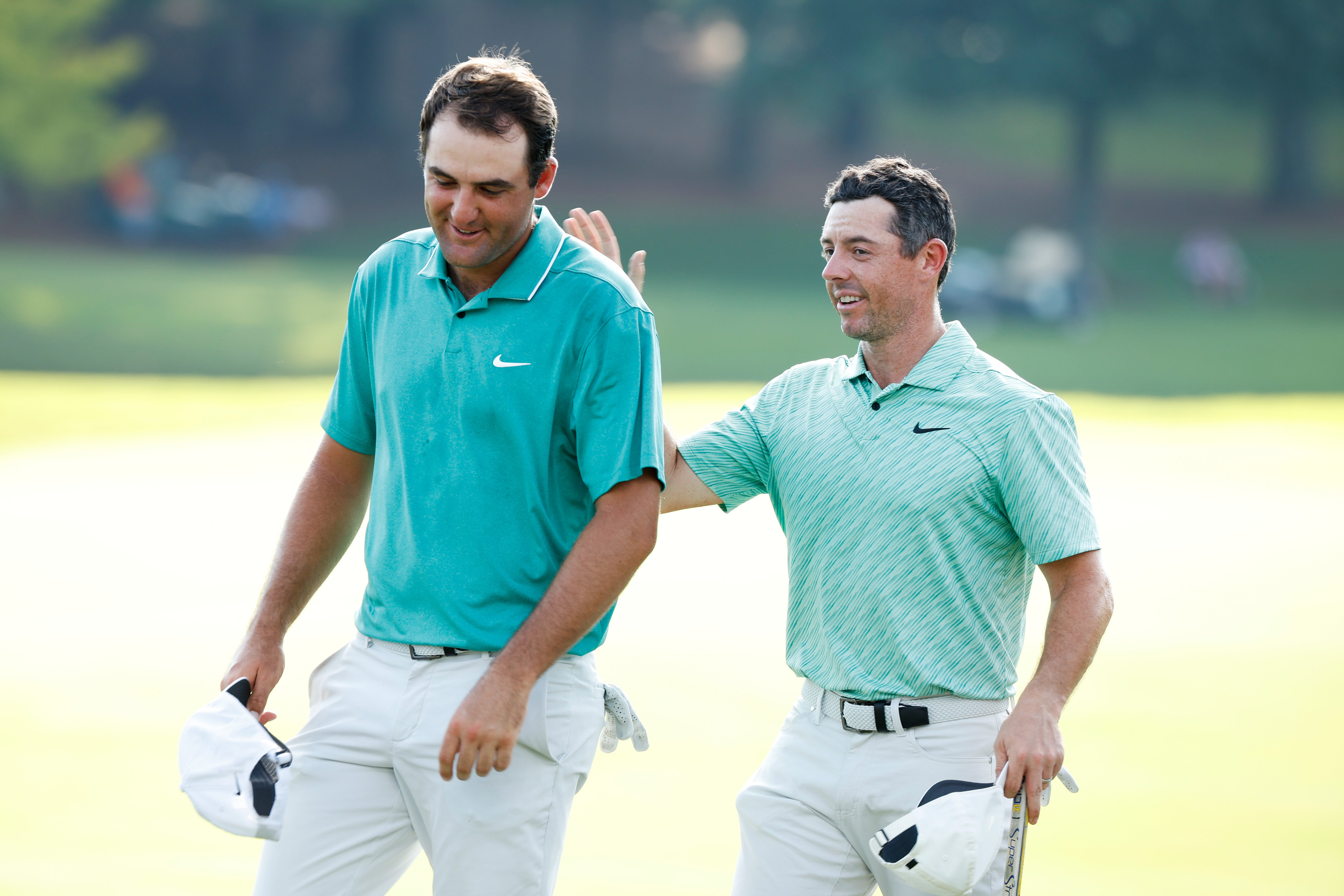
 News3 days ago
News3 days agoPGA Tour Players Who Rejected LIV Golf Offers Set to Find Out How Much Their Loyalty is Worth










